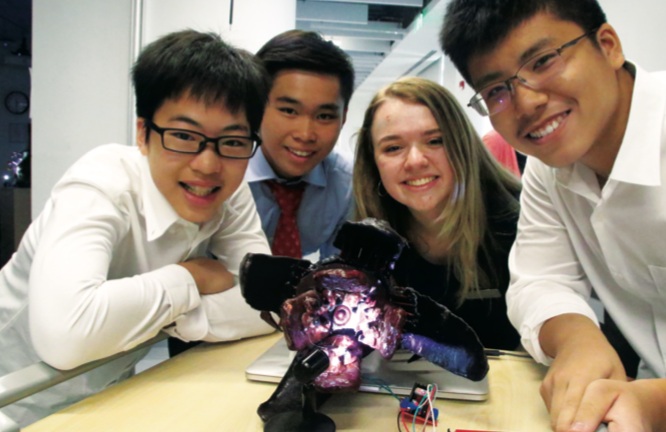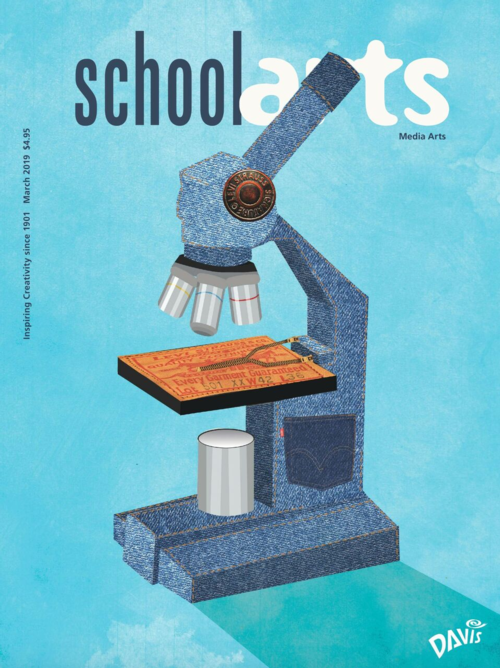
Media arts engage today’s digital natives with powerful and compelling images, sounds, movement, feelings, and emotions. Image courtesy of David Gran.
Some of the original 1994 standards already included references to media within the other four art forms, but the 2014 standards identify media arts as a standalone art form.
The existence of new media arts standards raises questions about who is going to teach media arts, what certification they will have, how teachers will be trained, who will develop curriculum, how results will be assessed, and so on. Today’s students are already pretty comfortable with media arts because of time spent interacting with television, movies, social media, the internet, and video- games.
What Media Arts Include
Media includes TV, video, movies, the internet, video games, social media, recorded music, and virtual and augmented reality. Media education includes producing, viewing, playing, interacting, criticizing, analyzing, reflecting, and studying the history of media. Media education includes pre- production story development, visual media production, and post-production editing, as well as media storage, marketing, and distribution.
Media arts add screens and lenses to 2D media; 3D printing and the Internet of Things (IoT) to 3D media; augmented reality to 4D spatial media; and 5D interactive experience design to immersive movies, video games, theme parks, and virtual real- ity. Media arts refer to artworks created with new media and technology and include sound and movement along with stories and visual images.
Media Arts Benefits
Media arts are naturally and necessarily integrative and collaborative. Writers develop the stories; production designers imagine virtual worlds; designers visualize the settings, characters, and props; technicians and coders create the infrastructures and platforms; producers oversee financing and distribution; and everyone else purchases and consumes the media. Media arts are powerful, ubiquitous, here to stay, and are a big part of the future of arts and design education.
Martin Rayala is a professional development and curriculum specialist in art, media, and design education. anddesignmagazine@gmail.com
WEB LINK
National Visual Arts Standards
View this article in the digital edition.



